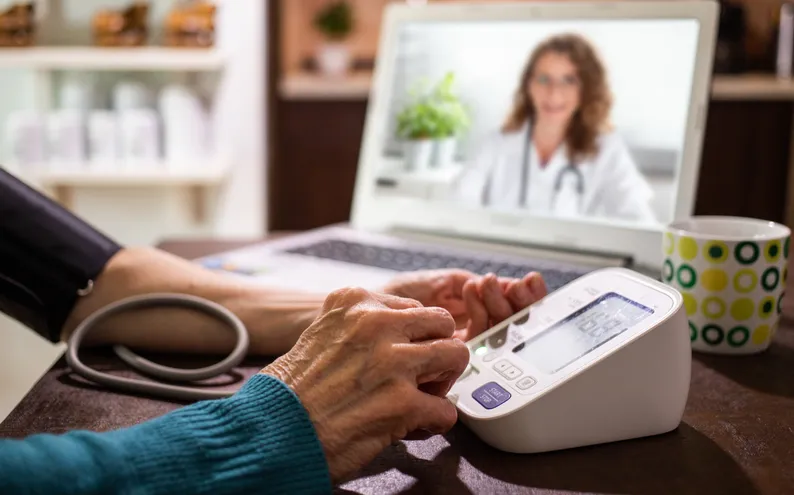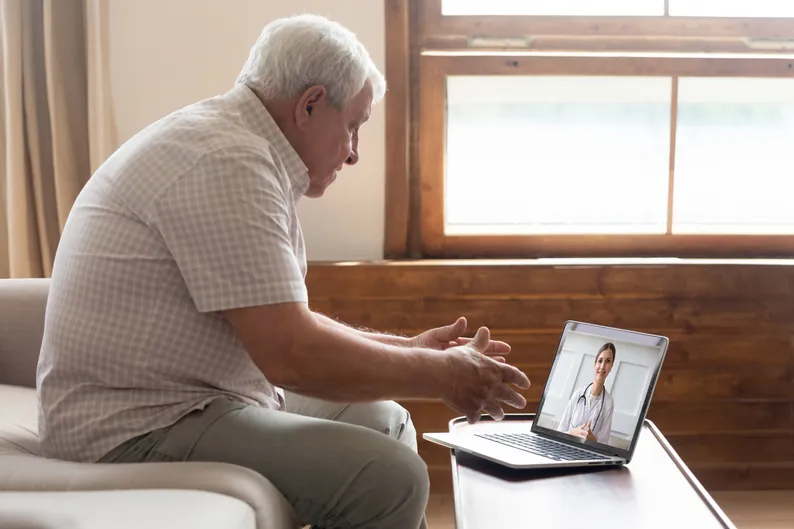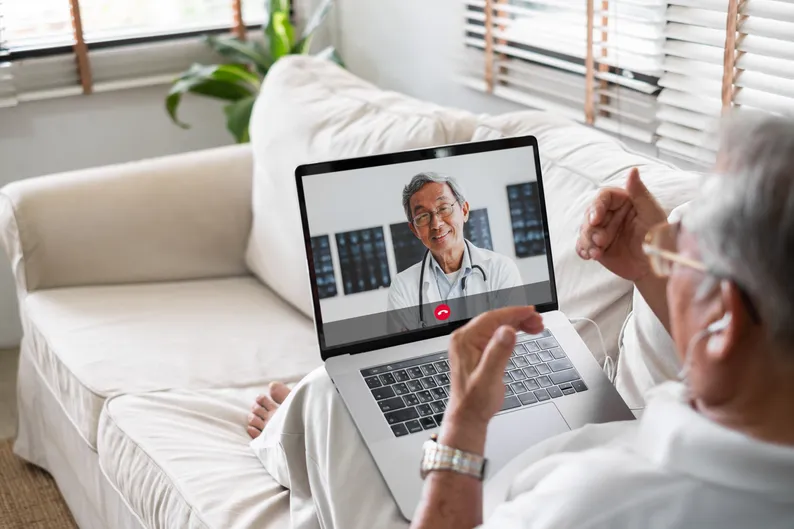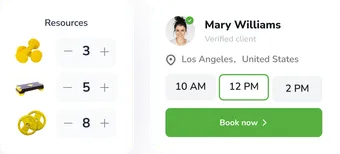Introduction
Remote health services have a high potential for relieving the burden on some regions of the health system. Telemedicine also falls into the spectrum of applied e-health methods. Healthcare digitalisation is already well advanced. Telemedicine has long since become part of everyday life for many practice owners.
This article discusses how you can use the efficiency advantages of telemedicine for your practice and benefit from specialised IT solutions.
It is a program that allows patients to make appointments independently. The practice owner needs to enter the required information into the system (e.g. schedules, treatments, prices) and install the booking widget on their website or social media.
Yes, and not only with a widget but also with a booking link. So, for example, you can get a free website with a built-in widget at EasyWeek.
Systems are suitable for all healthcare facilities where patients should book appointments in advance. In our blog, you can read more about how you can use the software in, for example, psychologists', cosmeticians' and dentists' practices.

What is telemedicine?
Telemedicine helps to bridge the physical distance using digital tools and communication technologies such as apps and platforms for remote consultations. The concept has yet to be widespread, but it is rapidly gaining importance. For example, digital solutions such as telemonitoring or teleconsultation can improve doctor-patient communication and strengthen patient safety in many rural regions with a shortage of doctors.
But is telemedicine tomorrow's medicine?
At least, this is proven by the laws that have been in place for a long time. In 2015, for example, the E-Health Act was passed, which determines the application of technologies in the healthcare system.
And since 2018, doctors worldwide have been allowed to treat their patients via video chat. The Corona pandemic was a period of widespread telemedicine. And it is already clear that more and more medical diagnoses and treatments will move into virtual space in the future.
We can distinguish two main forms of telemedicine:
"doc2patient"
In this case, it is about communication between doctors and patients. Typical offerings include video consultations, remote examinations and medical support via the app: health values are sent to telemedical centres so that doctors can make diagnoses and initiate therapies.
"doc2doc"
The term "doc2doc" refers to the exchange between several doctors so that they can transmit patient data and obtain a second opinion. These possibilities have long been used in continuing education and training for physicians. In addition, general practitioners can consult their specialist colleagues in complicated patient cases.

The range of telemedicine uses
Medical care providers are increasingly resorting to different telemedical methods that correspond to the two forms mentioned above:
Tele counseling
In teleconsultation, doctors from different specialities exchange information directly with each other about different cases and decide together on the further course of treatment. It is also a good opportunity for patients to receive advice through a second opinion portal.
Telemonitoring
In this case, it is about the care of chronically ill patients who can, for example, network with a doctor's office for remote monitoring of their health data (blood sugar level, blood pressure, heart activity) through digital measuring devices. Since all transmitted vital data are monitored in real-time by specialists, they can react to critical changes and carry out life-saving measures.
Teletherapy
Doctors can provide via teletherapy, nutrition, exercise and speech therapy at home or on the go.
Online video consultation
With telediagnostics, doctors and their patients get in touch via video telephony. Patients describe their complaints so that doctors can diagnose a disease online. However, if it is impossible, a personal visit to the doctor's office is discussed.
What are the advantages of remote treatment?
Telemedicine offers crucial advantages to both professionals and patients:
Patients in rural areas and people with limited mobility receive better care;
Patients do not have to travel;
They are spared long waiting times through virtual home visits;
When patients seek treatment from home, they will avoid possible contagions in the waiting room;
Barriers to sensitive issues are broken down during online examinations;
Patients can reach specialists around the clock;
The rate of hospitalisation decreases.
Test the software for medical appointments

E-health: More time thanks to a booking software
You can only make your processes efficient if you link the available telemedicine systems to other digital tools. For example, online appointment software can play a significant role in improving your communication with potential patients. We will explain its advantages using the EasyWeek booking system as an example.
Making medical appointments
Many people today find balancing work and private life and finding time for essential things challenging. Quick accessibility has therefore become an important aspect when choosing a medical service. And booking appointments around the clock can greatly help you attract more patients.
EasyWeek offers your patients the following:
Online appointment booking with access to the digital calendar;
Arrangement of follow-up appointments and check-ups;
Automatic reminders for video consultations;
Appointment creation for face-to-face doctor-patient contact.
Patient communication
The EasyWeek appointment software not only allows you to manage your consultations but also to optimise patient communication with tools that are particularly well suited for this purpose:
Newsletter function to send specialist letters (e.g. with laboratory results);
Data management and statistics to have an overview of the course of treatment;
Integrations with popular platforms using the booking widget;
Customizable data fields that you can use as case history forms.
Practice management
EasyWeek can be installed on a laptop and desktop computer as well as on a smartphone and tablet. Even those with little experience with digital tools can use our product. The software is ready to use immediately because it has a clear and user-friendly interface. In addition, the system has the following features:
Advanced settings for schedules;
Free website for your medical practice;
Staff and resource management.

Conclusion
Digital remote treatment has great potential in that repeat medical examinations can be performed completely independent of location. Now doctors can provide medical treatment without face-to-face contact with the help of new information technologies. As a result, they are relieved of routine check-ups, and consultation time is saved.
The EasyWeek software helps you organise online appointment bookings. Test all the functions of the 14-day free version!













